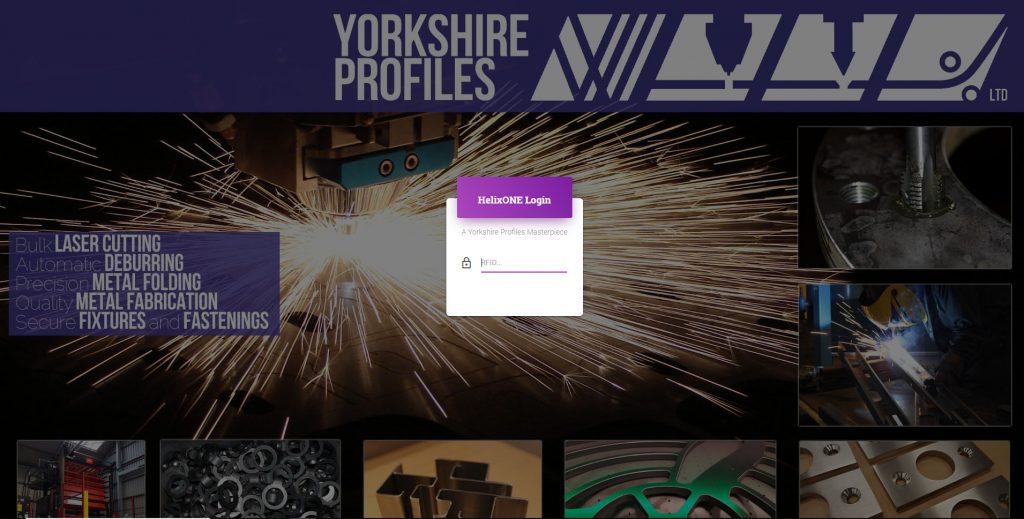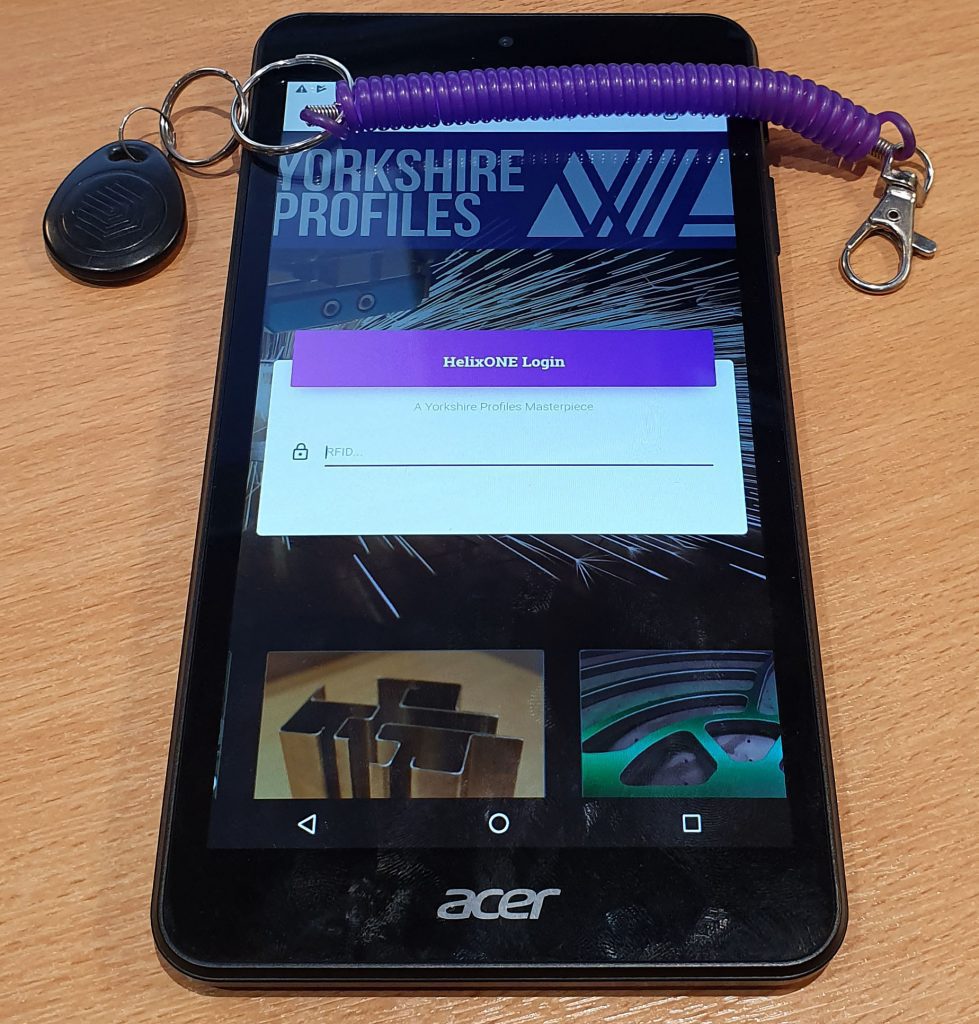
Chances are, if you are in regular contact with us or have seen some of our recent marketing, you’ll know we have been working on a project called HelixONE. But what exactly is HelixONE and how is it different to anything else on the market?
Well in order to answer that question we’ll be looking at some deep insights into how we run operationally and how we maintain focus on being lean. We will reveal as much detail as we feel comfortable, without giving away our advantage. So, here we go. Each week I will write a new blog post explaining different parts of the system, and where possible provide evidence of how it has improved our service to our customers. [I also know I’ll swap between “we” and “I” a lot. I developed a lot of the early system myself and have done the coding for Helix, but the development and maintenance of HelixONE is very much a team effort.]
I know I am opening myself up to criticism, and I do welcome it. There are varying opinions about different ways we could have created the system, and I agree. But the point here is that I am not aware of any other company like ours (e.g in the laser cutting industry) developing their own solution, especially one so effective and powerful.
FUN FACT: The “HelixONE” name originates from our original intranet. The “Hyper-Efficient Logistic Information eXchange” was a concept about creating a new style system where any information about the business or its operational requirements can be reached and reacted to extremely quickly. The ONE element relates to combining HR, CRM, SRM, EAM, TQMS, Production planning, processing and accounting all into ONE package eliminating duplicate data or unnecessary data transfers as each department requires auxiliary data for decision making.

Part 1: Keeping it low cost
The concept of this project was created back in early 2010. During this time, Yorkshire Profiles only had 5 employees and an annual turnover of £350,000. Whilst our paper-based and Word/Excel systems were perfectly functional, it wouldn’t cater for a rapid expansion of the business. My Dad was quite skilled at creating complex Excel workbooks with all the formulas he needed, but I knew we could take it further. Unsurprisingly, whilst I was allowed to start development, I had to keep it as cheap as physically possible due to the small size of the company. That point stuck with me throughout the lifetime of the project, after all, why spend money that you don’t need to?
I looked into existing systems and packages but I ruled every single one of them out due to risks:
- Subscription fees was the biggest killer. Why should I pay a monthly fee (and in many cases, per user) for something I can just create myself? And what happens when those fee’s increase substantially?
- IT requirements. Many packages which are integrated with the workshop required new and expensive IT terminals or networking equipment. I was able to source functional components much cheaper on my own.
- Customisation. I can tweak large sections of our system as and when needed to suit new requirements. If our Production Manager wishes to capture a new data set, I can just write it in. No need to apply for and wait (often long periods of time) for new patches.
- Data Security. All the data is contained within our control. The data is encrypted and we control the encryption keys. No risk of external software providers becoming breached.
- Lifespan. As long as we are still in business, so is the software. External software providers can go bankrupt, leading to complicated data transfers or worse case scenario, being stuck with outdated and insecure software.
- Advantage. Lets say we see a pattern within our data that gives us a competitive advantage, if I need our software to react accordingly, it can. If we were to be using third-party software and I ask for the feature upgrade, every one of our competitors using the package would also gets the upgrade. That’s just not good business.
So, the only way was to go it alone and create something ourselves. It started it’s life as a simple intranet system. I used ‘XAMPP’ to convert a simple desktop PC into a PHP server. Or in other terms, I used a free piece of software to make a cheap low power PC into something that could process code on our internal network. The original back-end was a series of Access databases which contained all the relevant records for our customers and order processes.
Originally, this worked really well and allowed the company to more than quadruple in size in a short time frame. However, as the company grew the system began to struggle. I was constantly adding new sections and pages for the allowance of all ISO 9001 processes and customer demands. Chopping and changing, being inefficient with my code as I joined all the new sections together.
Certain risks became larger as the company grew. I couldn’t access the data from home so I always had to be at work to process (I was never willing to allow any risk of external communication into the building, even on a VPN, our network is locked down tight). The data was stored on a network hard-drive which could fail, and although there is a backup, these things don’t always work out when processed locally.
We ended up with a system that was functional, but no longer highly efficient. It was at that time that I stopped developing the existing system and drew up the blueprints for “HelixONE”. A fresh start. A new internal package that would utilise new technologies and procedures.
Keeping the cost of a new system down was quite easy. I began developing it on the Google Cloud Platform. We are not a massive data user by any means in their scope so we can utilise the smallest package available. This currently costs us £12 per month for the cloud access and with that I can have as many users on my system as I want. I can also access the data from anywhere I want and it’s secure. If the worst happens and our business burns down, we just need to drop a laser into a warehouse and off we go as if nothing happened.
The system is still created using PHP and Javascript and is all written in Notepad (I’m hardcore like that), if I could go back, I probably should have invested in some editing software. The IT roll-out for the workshop consists of nothing more than Acer “Iconia One” tablets. They cost about £45 each and have NFC (near field communication) capabilities, WIFI and a camera for reading QR codes (more on this later). Following a trial, they are quite robust and withstand being dropped a fair few times, however, we will be investing in some tablet cases.

Various Netgear routers are configured to prevent misuse of the system with a fail-safe of an external DNS (dynamic name server) provider to block unauthorised external traffic (costs about £350 per year with Cisco).
We also use 125Khz RFID chips and cards for quick identification of employees and infrastructure, again these are very cheap but very useful. We have development work relating to the use of Raspberry PI devices, but as of yet this is not in day to day use of the system so this will be covered in a separate section and we’ll cover the costs there.
In a nutshell, that is the infrastructure of the system. Simple, low cost and it can do everything we need it too. A key part was having it functional on an ordinary tablet you can buy from Argos. No need for the expensive barcode/QR code readers when you have a camera, wifi and touchscreen for £45!
Any comments so far and you can reach me either on LinkedIn or my favorite place Twitter @YorksProfiles.

